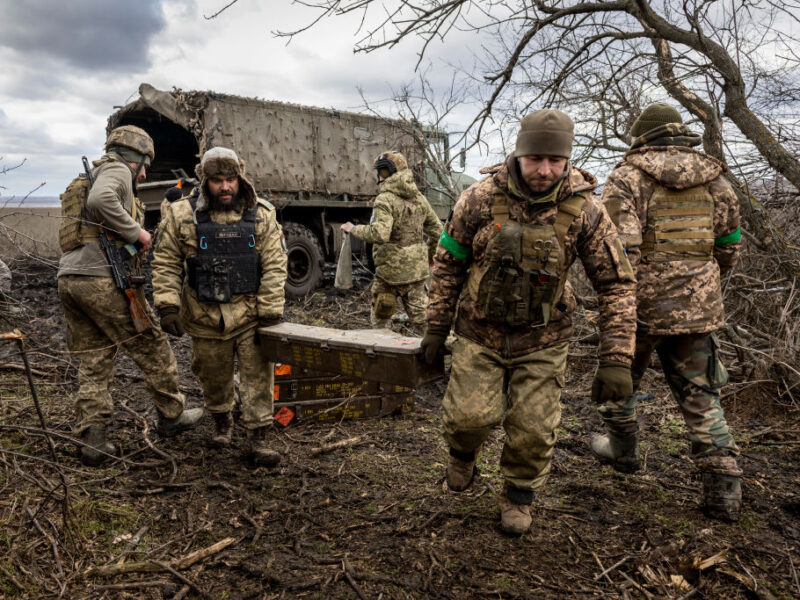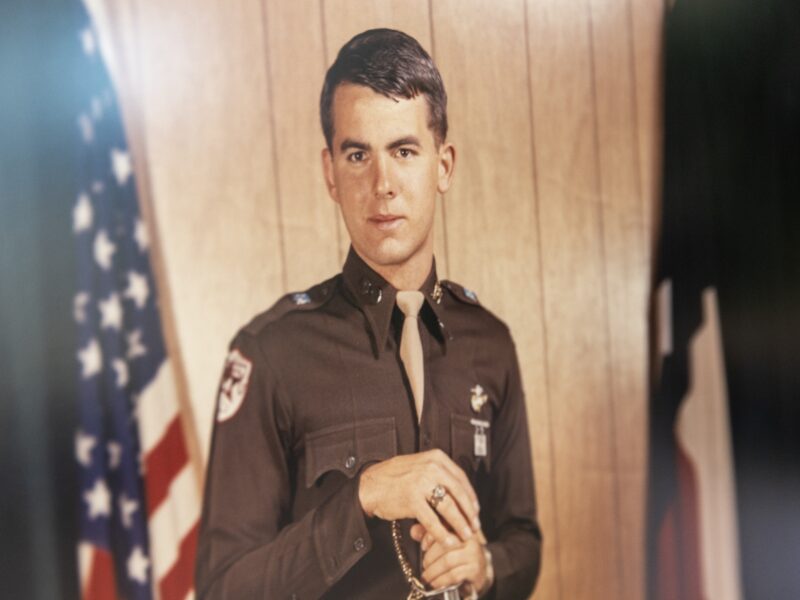Honor Through The Ages: Aggie’s Bataan Journal Emerges

One of America’s darkest military moments came when U.S. defenses on the Bataan peninsula in the Philippines fell to the Japanese on April 9, 1942. But for Capt. Cary M. Abney, Jr. ’34, the mass surrender was just the beginning of an individual battle to ensure the truth about what happened to him and his comrades got out after the war ended.
A native of Marshall, who earned his degree in Agricultural Administration, Abney survived combat with the invading Japanese, the infamous Bataan death march, tropical disease, near starvation and over two years of captivity in forced labor camps. He also endured perilous journeys on Japanese “Hell ships” that transported prisoners from one camp to another.
Despite the horrific conditions he faced each day, Abney kept a notebook that detailed the fate of some 221 officers and men, including 20 Texas Aggies, who were killed or captured by the Japanese. In the true spirit of Aggie honor, Abney also used the document to account for debts he owed, with instructions to ensure they were repaid should he not survive the war.
Just before boarding a Japanese transport in December 1944, Abney gave his notebook to a fellow American officer with instructions to send it to back to Texas where it arrived in September 1945. Protected only by a crudely fashioned canvas cover, Abney’s journal is in remarkably good condition. Of the 221 officers and men he lists in the book, 135 were killed in battle or died when they were prisoners. Of those, 99 perished on Japanese “Hell Ships.” There were 86 men who survived the war, with six escaping from Japanese ships and 80 being rescued or liberated from POW camps in the Philippines, Korea, Manchuria and Japan.
In a twist equally sad and ironic, Abney died of wounds sustained in January 1945 when U.S. Navy planes bombed the transport ship that the Japanese were using to haul him and hundreds of other prisoners away from advancing Allied forces.
Abney’s story might have ended there were it notfor the dedication of another Ag. As a young boy growing up in Harrison County, William M. Huffman ’53 was struck when he read in a newspaper that Abney died on a ship sunk by American aircraft. Huffman also had an interest in the story of the Aggies who were captured on Corregidor Island, the famed stronghold just to the south of Bataan.
In 2008, Abney’s family invited Huffman to examine files pertaining to Abney’s service. Over the course of the next two years, the family shared additional artifacts including Abney’s class ring and artillery brass. But perhaps the most significant item among the trove was Abney’s notebook.
“I couldn’t imagine it would be readable,” Huffman said. “I thought it would have been all moldy and stuck together.”
Instead, the document was in remarkably good shape and Huffman carefully made copies of each page. Painstakingly transcribing the content and cross-checking it with information from other sources, Huffman has created a publication based on the journal and is making it available via PDF.
In addition to helping clarify the fates of many of those who served in the past, Huffman hopes that bringing Abney’s notebook to light will serve an additional purpose: Urging younger generations to remain ever vigilant, and not to allow the nation to repeat the mistake of being unprepared as it was in the run-up to WWII.





